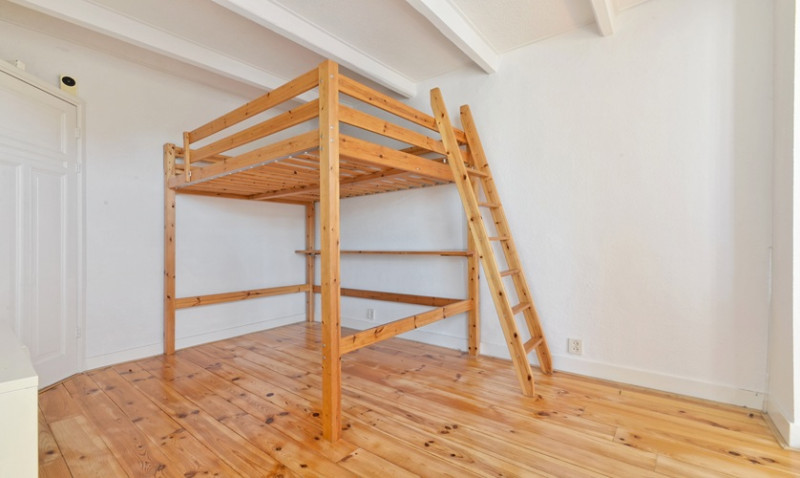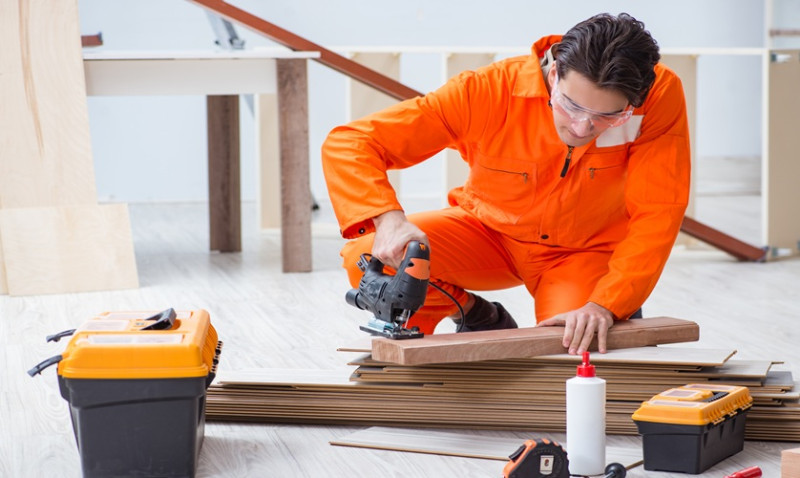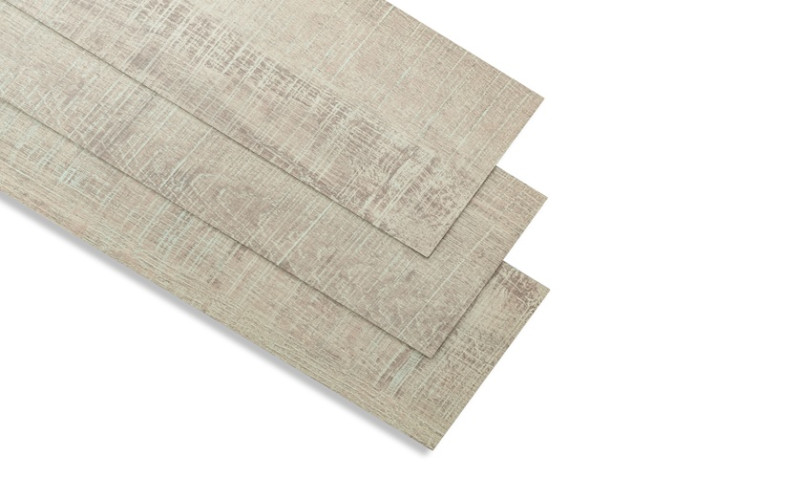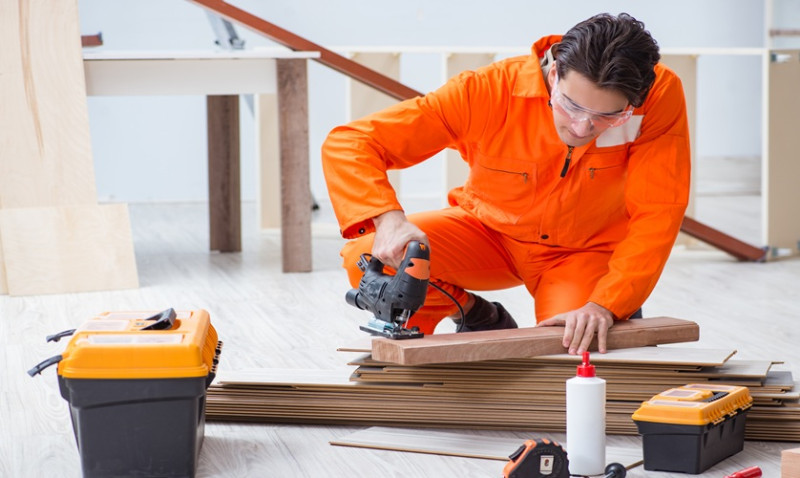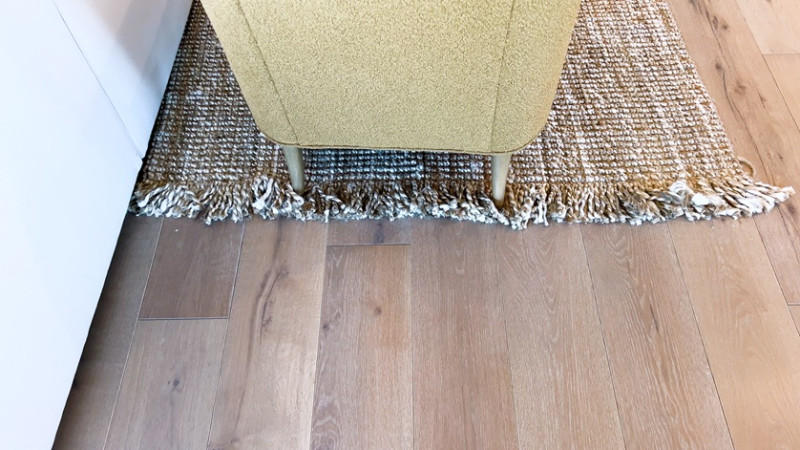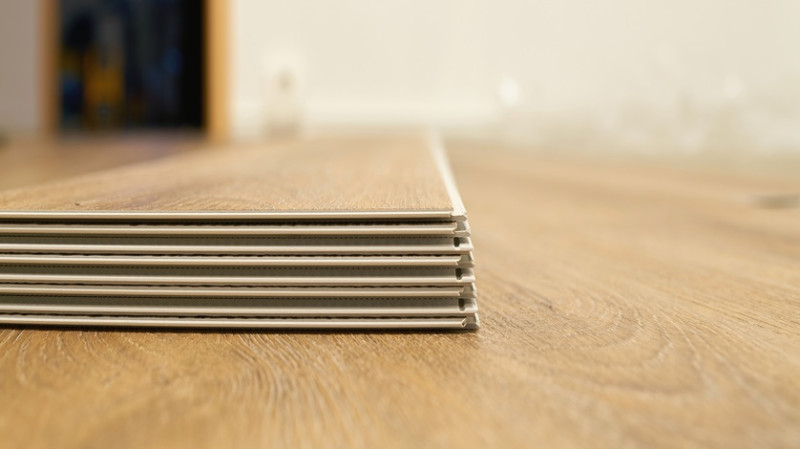
Choosing the right flooring can make or break a home renovation project. Whether you’re a DIY enthusiast embarking on your first makeover, a young professional upgrading your flat, or a designer looking for reliable, stylish options for a client, the decision between laminate and luxury vinyl flooring is a significant one. Both types of flooring have seen a huge rise in popularity across UK homes in recent years, each offering distinct advantages in terms of style, durability, cost, and installation.
But the big question remains: laminate or luxury vinyl flooring – which one is truly worth it for your space, budget and lifestyle? This in-depth comparison will break down everything you need to know to make the right choice for your home or project.
What Is Laminate Flooring?
Laminate flooring consists of multiple layers fused together — typically a backing layer, a fibreboard core, a photographic image layer (that mimics natural wood or stone), and a top wear layer for protection. It’s been a go-to option in British homes since the 1990s and has evolved tremendously in design and durability since then.
Today, you’ll find a wide variety of laminate flooring options that imitate real hardwood, ceramic tiles, and even stone. Thanks to advanced printing techniques and textured finishes, laminate can provide a realistic feel at a fraction of the cost of the real deal.
One of its biggest attractions is affordability. Laminate gives you the appearance of high-end materials without the hefty price tag, making it ideal for budget-conscious homeowners who still want style without compromise.
However, it’s not just about looks—laminate is also well suited to high-traffic areas and can stand up to daily wear and tear. However, it’s not fully waterproof, so caution must be exercised, especially in bathrooms or kitchens.
What Is Luxury Vinyl Flooring?
Luxury Vinyl Flooring, often abbreviated as LVT (Luxury Vinyl Tile) or LVP (Luxury Vinyl Plank), is a synthetic flooring material made primarily from PVC vinyl. It consists of several layers, including a durable wear layer, a design layer, a vinyl core or rigid core, and a backing layer for insulation and soundproofing.
One of the standout features of luxury vinyl flooring is its water resistance. Many LVT products are 100% waterproof, making them a top choice for kitchens, bathrooms, utility rooms and any other areas prone to moisture - something that's absolutely ideal for British homes where weather and damp can be an issue.
Thanks to impressive advances in manufacturing, LVT is now virtually indistinguishable from wood or stone when installed correctly. Realistic grain patterns, embossed surfaces, and matte finishes make it a stylish addition to both traditional and contemporary interiors.
Luxury vinyl flooring is also softer and warmer underfoot compared to laminate. Some versions come with an integrated underlay, which improves comfort, reduces noise, and makes installation easier.
Installation: DIY Friendly or Trade Required?
For DIY lovers across the UK, the installation process can make a huge difference in your choice. Laminate flooring typically uses a click-lock system, where planks snap together over an underlay without the need for glue or nails. With the right tools and preparation, most competent DIYers can handle laminate installation themselves.
Likewise, luxury vinyl flooring is available in click-lock formats, as well as glue-down and loose-lay options. Click-lock versions are particularly favoured for DIY projects, while glue-down versions might be better left to professionals to ensure correct adherence and longevity.
One thing worth noting is that because LVT is generally thinner than laminate, uneven subfloors might show through more easily. Therefore, preparing the subfloor properly is a crucial step in achieving a flawless result.
In terms of time, laminate is generally quicker to install over large areas thanks to its rigid structure, which offers a more forgiving fit. However, if you are dealing with awkward corners, bathrooms or utility spaces, the flexibility and waterproof credentials of luxury vinyl may give it the edge.
Durability and Maintenance
When it comes to everyday wear and tear, both materials stand up well under pressure. Laminate is tough and scratch-resistant, making it great for high-traffic areas like hallways and living rooms. It’s also easy to vacuum or sweep, though prolonged exposure to water can cause it to swell or warp since the core is typically made from MDF or HDF board.
Luxury vinyl flooring, on the other hand, is scratch, stain, and water-resistant — and in many cases, completely waterproof. That makes it an outstanding choice for families with young children or pets, as well as commercial or high-moisture environments.
Maintenance is minimal with both options. Regular sweeping and the occasional damp mop will usually suffice. However, vinyl has the edge in bathrooms and kitchens as it can be cleaned with a wet mop without worry.
If you’re a landlord or property developer looking for long-term value and minimal upkeep between tenants, LVT might prove to be the easier and more durable solution in the long run.
Cost Comparison
Budget always plays a critical role in material selection. Laminate flooring is typically the more affordable choice upfront. Prices for good-quality laminate flooring in the UK tend to range from £10–£25 per square metre, making it an economical solution for larger spaces.
Luxury vinyl generally costs a bit more, ranging from £20–£50 per square metre depending on style, brand, and thickness. However, the added benefits of water resistance, sound insulation, and higher durability can offset this extra investment over time.
Installation costs also vary. Unless you're taking the DIY route, expect to pay more for the installation of glued-down vinyl, which is more labour-intensive compared to laminate’s click system. Still, click versions of LVT can be just as easy to install as laminate for the confident DIYer or skilled tradesman.
Here’s a quick overview of how the two stack up in terms of cost:
| Feature | Laminate Flooring | Luxury Vinyl Flooring |
|---|---|---|
| Average Material Cost per m² | £10 – £25 | £20 – £50 |
| Installation Cost per m² (professional) | £10 – £15 | £15 – £25 |
| DIY Friendliness | High | High for click-type, lower for glue-down |
| Lifespan | 10 – 15 years | 15 – 25 years |
| Moisture Resistance | Low/Moderate | High (waterproof) |
Style, Texture, and Realism
Thanks to design innovation, both laminate and LVT offer incredibly realistic looks. Laminate often features detailed photographic prints beneath a transparent wear layer, which can mimic woodgrain in fine detail. High-end laminates also boast embossed textures that align with the printed grain, enhancing realism.
Luxury vinyl takes realism a step further with its depth and dimensional texture. Many LVT options feature registered embossing, where the surface texture perfectly matches the visual grain. This makes it almost indistinguishable from real wood or stone underfoot.
In terms of finishes, LVT tends to offer a broader variety of sheens — from ultra-matte to glossy — whereas laminate usually leans toward semi-gloss or matte sheens. Colour choices are also comparable, with both offering everything from traditional oaks to bold grey washes and rustic finishes.
If visual authenticity is your top priority – especially in premium homes – luxury vinyl just edges ahead, offering a more convincing replication of natural materials.
Environmental Impact
With increasing awareness of sustainability, UK homeowners and designers are seeking eco-conscious options. Laminate floors are often made from recycled wood materials and are generally considered more environmentally friendly, especially if sourced from FSC-certified suppliers.
Luxury vinyl flooring, due to its PVC base, is less eco-friendly in comparison and can be harder to recycle. However, some brands are now offering greener alternatives made from recycled or low-VOC vinyl.
If sustainability is a key concern, be sure to check product certifications before buying. Consider underlays and adhesives too, as these can also impact the overall environmental footprint of your flooring choice.
So, Which Flooring Is Worth It?
The decision between laminate and luxury vinyl flooring largely comes down to your priorities. If you're budget-conscious, renovating a dry area like a bedroom or hallway, and want a stylish finish with minimal effort, laminate flooring is both practical and attractive.
However, if you're redoing a kitchen, bathroom or entryway where moisture is a factor – or you want flooring that’s ultra-durable, quiet, soft underfoot, and long-lasting – then luxury vinyl flooring may offer better long-term value despite the higher initial cost.
For professionals such as designers, developers and architects, LVT offers flexibility and durability that can add resale value and appeal to any property – particularly in open-plan kitchens or rental units.
Ultimately, both options bring elegance, function, and versatility to your space. Knowing where and how you plan to use the flooring is key to choosing the material that will deliver years of satisfaction and performance.
Let’s Wrap It Up
Flooring is a major investment – not just financially but in the look, feel and function of your home or client project. By understanding the core differences between laminate and luxury vinyl, you’re better prepared to select a solution that suits your lifestyle, design goals and budget.
Still undecided? Our experts are here to help. Whether you're measuring up for a DIY project or specifying finishes for a new-build, contact us for personalised advice and top-quality flooring options shipped across the UK.
